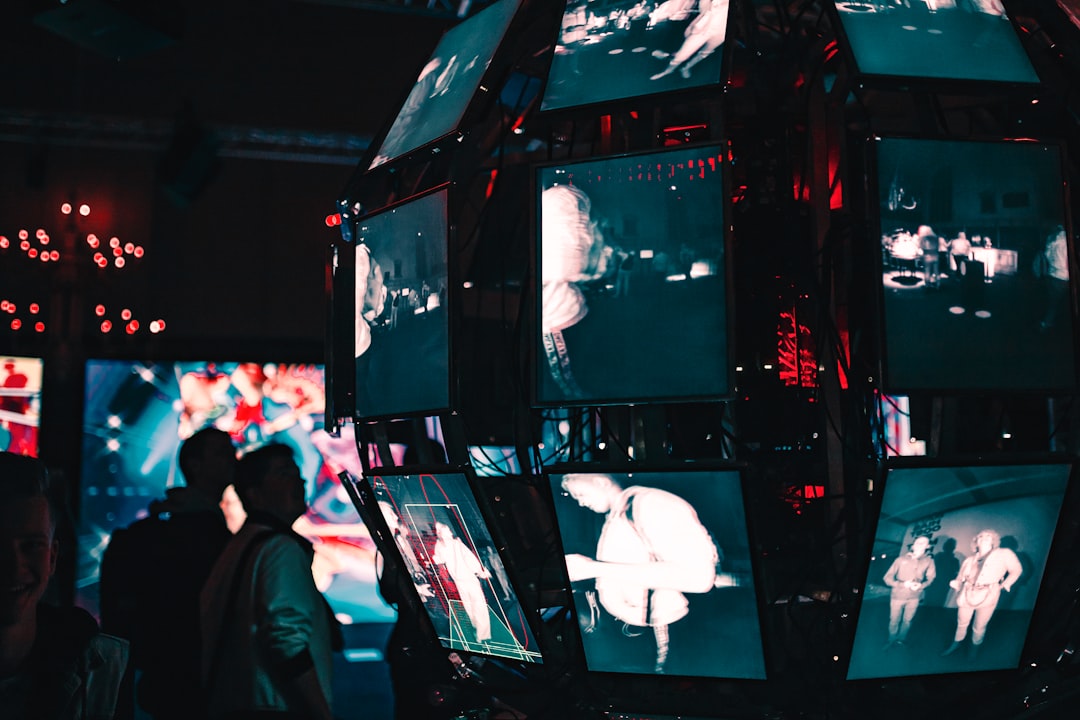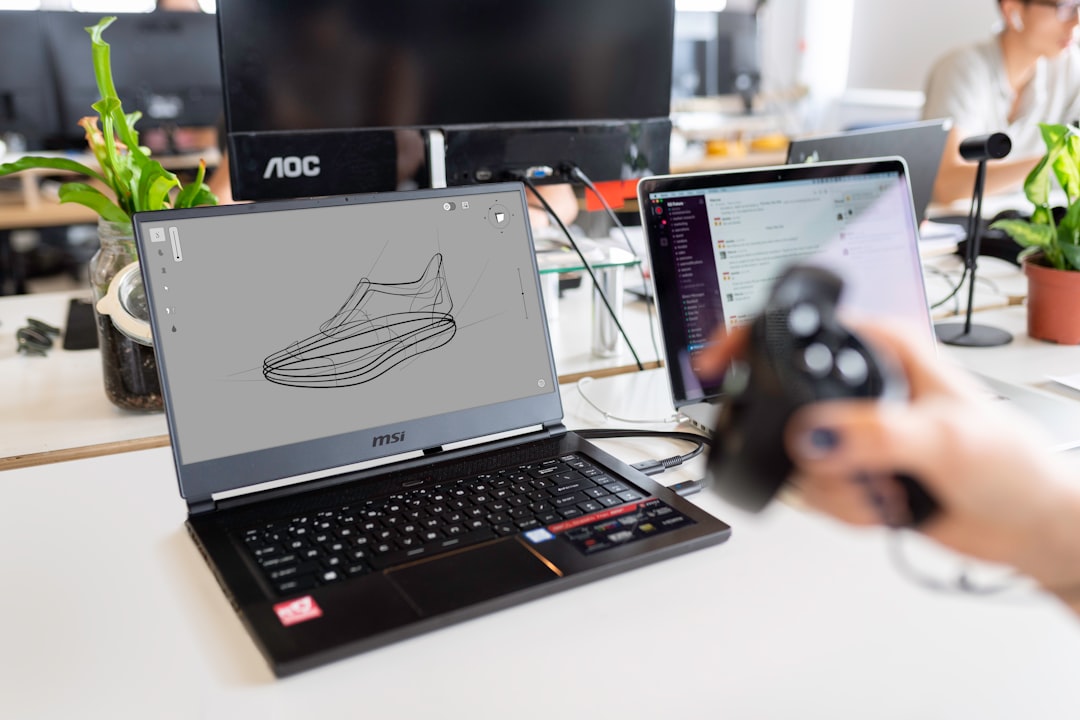QR codes have become an integral part of our daily interactions—whether it’s scanning a menu at a restaurant, verifying a product’s authenticity, or sharing contactless payment details. But what happens when your QR code gets distorted, smudged, or partially destroyed? Don’t panic just yet. In this survival guide, we’ll walk you through how to fix a distorted QR code and possibly save the day.
Understanding QR Codes
A QR (Quick Response) code is a two-dimensional barcode made up of black squares arranged on a white background. These codes can store lots of data and are designed to be scanned by smartphones and other devices. Fortunately, QR codes are built with a feature called error correction, which allows them to still work even if a part of the code is damaged or dirty. However, there’s a limit to how much damage they can take before becoming unreadable.

Common Causes of QR Code Distortion
Before diving into repairs, it’s essential to understand what can cause QR code distortion in the first place. These are the most frequent culprits:
- Physical damage like tears, scratches, or water stains
- Poor print quality or low resolution
- Obstruction by stickers, tape, or dirt
- Color contrast issues—light ink on light paper or dark on dark
- Incorrect resizing that alters the proportions
Quick Fixes You Can Try
If your QR code isn’t scanning properly, try these simple solutions before calling in reinforcements:
1. Clean the Surface
It may sound obvious, but dust and smudges on surfaces like packaging or screens can make codes unreadable. Gently wipe it down and try scanning again.
2. Adjust the Lighting
Light reflections can interfere with scanning. Try scanning in a different lighting condition or tilt the surface slightly to reduce glare.
3. Zoom In or Out
If you’re scanning a printed code, your phone’s camera might be too close or too far. Slowly move your phone closer or farther until it locks in.
4. Crop and Enhance
If you’re dealing with a digital version of a QR code that’s blurry or distorted, use a photo editing tool to enhance contrast or crop out excess background noise.
Advanced Solutions for Heavily Damaged Codes
When simple tactics don’t work, more advanced methods can help recover functionality:
1. Leverage Error Correction
Many QR code generators use error correction levels—L, M, Q, and H. The higher the level (Q or H), the more damage the code can withstand. If you have access to the original data, try regenerating the QR code with higher error correction.

2. Manually Repair with Image Software
If only a small area is distorted, use an image editor like Photoshop or GIMP to touch up damaged sections. Compare the QR code to a clean version if you have one and reconstruct it pixel-by-pixel (this takes some patience!).
3. Use QR Code Recovery Tools
There are some specialized apps and tools that attempt to read damaged or partially distorted QR codes. Tools like ZBar, ZXing Decoder Online, or mobile scanning apps with better algorithms can sometimes succeed where others fail.
Proactive Tips to Prevent QR Code Distortion
Of course, prevention is the best medicine. Follow these tips to protect your QR codes from future issues:
- Laminate or cover printed codes to protect from weather or handling
- Use high-contrast colors: black print on white background is ideal
- Test before publishing to ensure it scans properly across devices
- Include a short URL below the QR code as a backup access point
When All Else Fails
If you’ve tried everything and it’s still unreadable, your best option might be to create a new one. If you control the source (like a website or file), simply regenerate the QR code and replace the damaged one wherever it was deployed. Remember, QR codes are tied to a URL or data, not the code design itself—so it’s easily replaceable as long as you have the original destination.
Final Thoughts
Damaged QR codes might cause momentary frustration, but with a little troubleshooting—or the right strategy—you can usually restore access with minimal effort. Whether you’re a business owner protecting your marketing materials or a consumer trying to scan a restaurant menu, this guide equips you with the tools to tackle those pixelated puzzles head-on.
Keep scanning and stay connected. Your digital lifelines depend on it!
